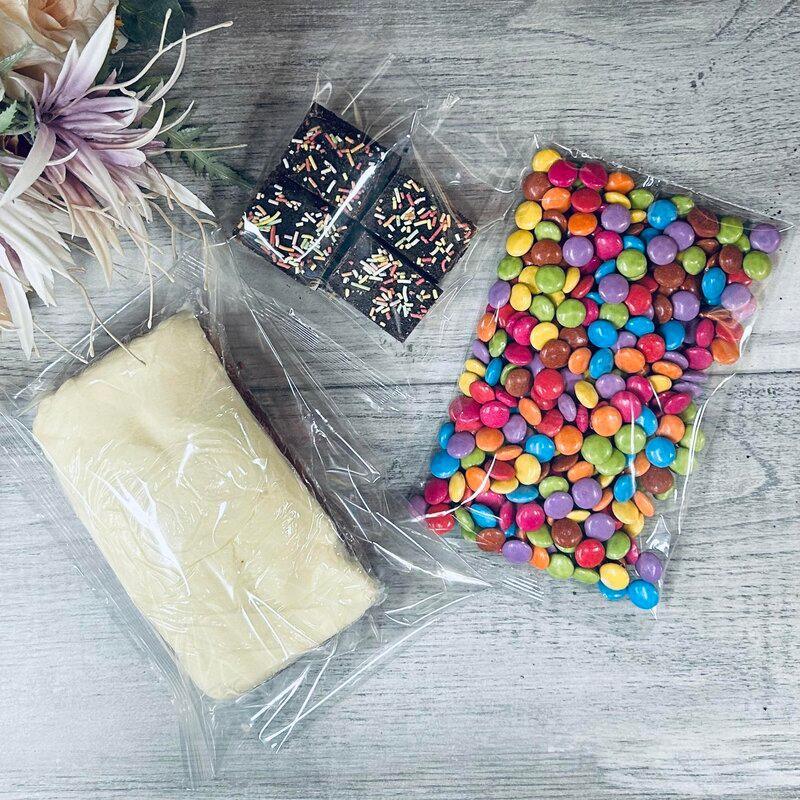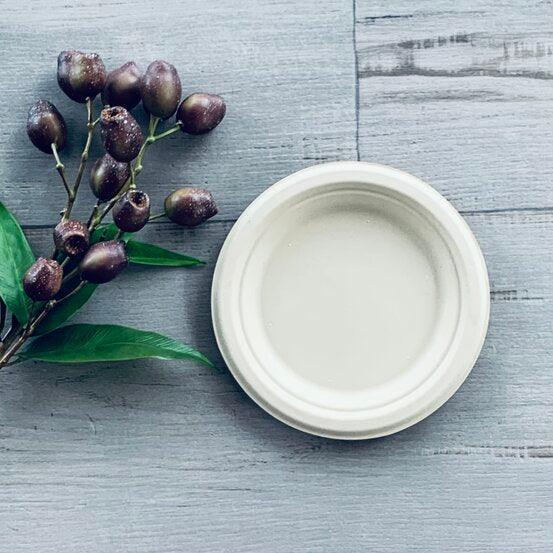
Low-Tox Cleaning: Tips for Safely Removing Mould and Myths to Avoid
First off, I want to thank everyone for being here. It’s easy to think we know everything about cleaning low-tox, but if you leave with just one new tip today, I’ll be thrilled! Even better, if this post reminds you to change just one thing in your routine, then it’s worth it.
Low-tox cleaning is more than just a trend—it’s about safeguarding our homes and health from harmful chemicals. As part of our journey to cleaner living, let’s dive into one of the most common household issues: mould.
A Word of Caution: Mould and Professional Help
Before we get into the nitty-gritty, I want to emphasize that while the advice in this post is based on my own experiences and the collective knowledge of my team at Young Living, I’m not a professional adviser on mould removal. If you’re dealing with severe mould—such as after water damage, leaks, or excessive dampness—professional help is essential.
But today, we’re talking about the kind of mould many of us encounter regularly, like the build-up that appears on windows during winter or in damp bathrooms.
Mould Removers: The Truth About Bleach
If you've ever picked up a mould remover from the supermarket or a hardware store, you might be surprised to learn they’re not actually killing the mould. In fact, one of the biggest myths is that bleach eliminates mould.
Here’s the reality: bleach doesn’t kill mould—it just changes the colour. While it may look like your surfaces are clean, the mould is still there, living beneath the surface, and will reappear in no time. Worse, bleach can release harmful gases when applied to mould, posing an even bigger risk to your health.
The Problem with Popular Mould Sprays
Take, for example, one of the top-selling mould removers in Australia and New Zealand. It claims to kill mould in 30 seconds and attacks it at the source. But the truth is, while the spray may make your surfaces look cleaner, it doesn't actually eliminate mould spores.
Another myth? Detergent doesn’t kill mould spores. Despite claims from certain cleaning products, detergent alone won’t remove mould effectively.
Here’s My Step-by-Step Guide to Getting Rid of Mould Naturally
Now that we’ve debunked a few myths, let’s talk about how to effectively remove mould from your home using natural methods. Follow these simple steps to safely and thoroughly eliminate mould without harmful chemicals.
Step 1: Identify Mould-Prone Areas
First, pinpoint areas in your home that are susceptible to mould growth. Typically, these are damp spaces with little to no sunlight, such as bathrooms, kitchens, basements, and window sills. It’s a good idea to do a mould check every six months, but if it's in a bathroom, act as soon as you see it.
Step 2: Fire Up Your Wanderful Dry Diffuser with Thieves Essential Oil
Before cleaning the mould off surfaces, it’s important to clean the air and prevent new spores from growing. This is where a Wanderful dry diffuser comes in handy. Using Young Living’s Thieves essential oil, which helps purify the air, creates a hostile environment for mould.
To set it up, remove the dripolator (the silicone piece in the top of the essential oil bottle). Then, screw the Thieves oil bottle into the top of the diffuser with the straw inside, which draws the oil up into the diffuser—no water needed!
Tip: Run the diffuser for a day or two in the mould-prone area before cleaning. This helps eliminate airborne spores and prepares the space for deeper cleaning. Plus, Thieves smells like delicious chai!
Step 3: Prepare Your Young Living Thieves Solution
Young Living’s Thieves Household Cleaner is a natural, plant-based product renowned for its mould-fighting properties. To create a powerful cleaner, mix a capful of Thieves Household Cleaner with 2-3 cups of vinegar or water in a spray bottle. For tougher stains, use the cleaner undiluted.
Step 4: Wear Goggles and Mask, Then Apply the Thieves Cleaner
Safety first! Before cleaning mould, make sure to wear protective goggles and a mask to avoid inhaling any spores.
Spray the Thieves solution directly onto the mouldy area and let it sit for a few minutes. Then, scrub the surface with a brush or sponge. For more stubborn patches, you can create a paste by mixing Thieves essential oil with Thieves Kitchen and Bath Scrub and applying it to the affected area. Let it sit for a few minutes before scrubbing with a brush (an old toothbrush works great for small areas).
For mould in silicone seals, it’s tricky to clean effectively. In this case, remove the silicone, clean with Thieves to kill the spores, and then reseal the area with fresh silicone.
Step 5: Maintain a Mould-Free Environment
The key to preventing future mould growth is maintaining a clean and well-ventilated space. Use your Thieves Household Cleaner regularly in damp areas and diffuse Thieves essential oil often. In particularly humid spaces, consider using a dehumidifier to keep moisture levels low.
Final Thoughts
Whether you’re a seasoned low-tox cleaner or just getting started, the key takeaway is that bleach is not your friend when it comes to mould. Choosing safer, more natural methods can protect both your home and your health.
By following these steps, you can safely and naturally get rid of mould from your home, using the power of Young Living’s Thieves products and a Wanderful dry diffuser. Say goodbye to harsh chemicals and hello to a healthier, fresher living environment!
What’s your one thing today? Let us know if you found a tip you’ll use, and if not—well, maybe just enjoy a moment of mindfulness as you breathe in the fresh scent of lemon oil!
Your Takeaway for 2025
Whether you’re just starting your low-tox journey or are a seasoned expert, the key takeaway is clear: natural solutions like Young Living’s Thieves products are your best ally against mould. With these steps, you’ll tackle mould safely, sustainably, and effectively—making your home a healthier, more inviting place.
What’s one change you’ll make today? Whether it’s diffusing Thieves oil, checking for mould-prone spots, or swapping out harsh cleaners, every step counts. Let’s make 2025 the year of cleaner, healthier living!

Blog posts
Cellophane Bags and the Myths: Clearing Up the Confusion for a Greener 2025
Discover the truth behind cellophane bags and the myths surrounding them. Learn how these eco-friendly options offer a sustainable solution for packaging in 2025.
Bamboo and Palm Leaf Plates: Sustainable and Stylish Choices for 2025
Bamboo and palm leaf plates offer a stylish, eco-friendly alternative to disposables. Made from renewable resources, they decompose quickly, reducing waste. Choose these sustainable options for your next event and help care for the planet.
A Guide to Choosing the Right Bags for Your Packaging Needs in 2025
In 2025, sustainable packaging options like cellophane, BOPP, resealable, and self-seal bags offer quality, freshness, and eco-friendliness for various products.






